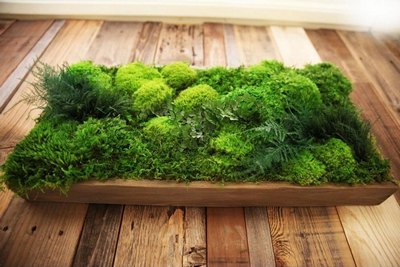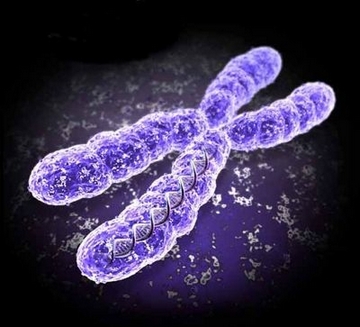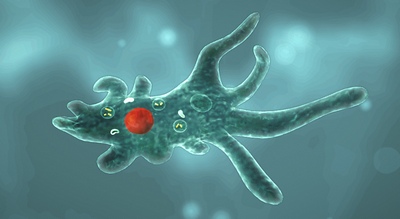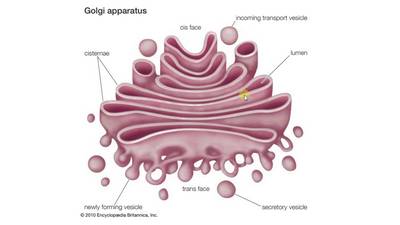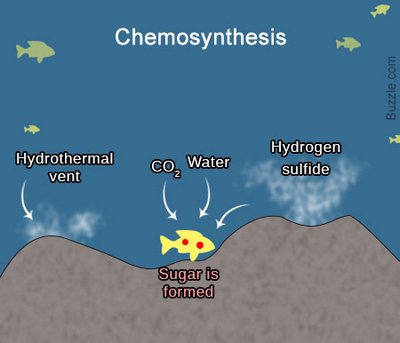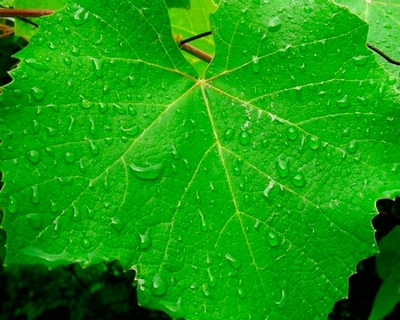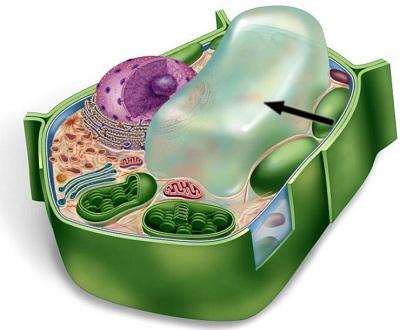Paramecium Caudatum – the Most Complex of the Simplest
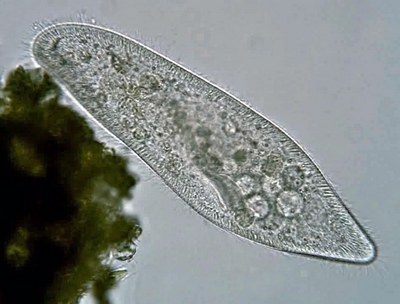
Life on our planet is characterized by an incredible variety of all kinds of living organisms, sometimes having an incredibly complex structure. All this diversity of life: from the simplest insects and plants to us, people (the most «complex organisms») consist of cells, these small bricks of living matter. If a human is the crown of biological evolution, then it will be very interesting to investigate its beginning: the simplest unicellular organisms which at the dawn of history became the founders of all life. The paramecium caudatum (along with amoeba) is one of the most famous simple unicellular creatures. What are the characteristics of the paramecium? What do paramecia eat? How do paramecia reproduce? Read on about all this below.

